Amorphophallus campanulatus Blume ex Decne |
| |
|
|
Botanical Name |
: |
Amorphophallus campanulatus Blume ex Decne |
English
Name |
: |
Elephant Foot Yam |
Synonym(s) |
: |
Amorphophallus paeoniifolius (Dennst.)Nicolson., Dracontium paeoniifolium Dennst. |
Family |
: |
Araceae |
| |
General Info
| Description |
 |
|
A tuberous, stout, indigenous herb, 1.0-1.5 m in height. Tubers depressed, globose or hemispherical, 20-30 cm in diam, dark brown outside, pale dull brown inside or sometimes almost white, with numerous, long terete roots; leaves solitary, ripartite, 30-90 cm broad or even more, appearing long after the flowers: petioles 60-90 cm long, stout, warted, dark green and mottled with paler blotches; segments 5-18 cm long 2.5-9.0 cm broad, obovate or oblong, acute, sessile; peduncle short, stout, elongating in fruit; spathe 15-30 cm broad, bell shaped, with recurved undulate and crisped margins, greenish pink externally or pinkish purple; spadix sessile, columnar, as long as the spathe, appendage usually longer than the spathe, cream-coloured, smooth; flowers unisexual: male inflorescence sub-turbinate, male flowers pale yellow, densely crowded; female inflorescence cylindric, styles purple; berries clustered, obovoid, red, 2-3 seeded, 8-12 mm long. |
| Herb Effects |
 |
|
Oxytocic (plant); aperient,carminative and expectorant; the fresh ones are an acrid stimulant and expectorant, and increase appetite and taste (corns); restorative, stomachic, tonic. |
Chemistry
| Active Ingredients |
 |
|
Amylase, betulinic acid, beta-sitosterol, stigmasterol, leupeol, triacontane and amino acids (corm); ascorbic acid, beta-carotene, niacin, riboflavin, thiamin (root) |
| Chemistry
of Active Ingredients |
 |
|
|
 |
Name |
CAS# |
IUPAC Name |
Formula |
Structure |
 |
|
| Betulinic Acid |
4481-62-3 |
Not Available |
C30H46O3 |
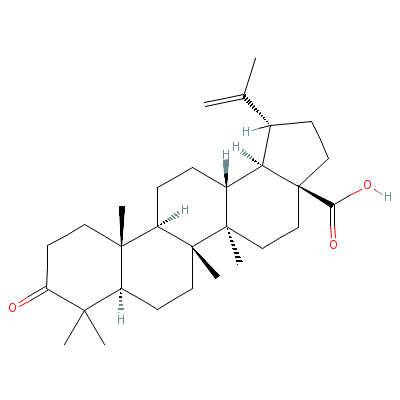
|
| beta-Sitosterol |
5779-62-4 |
17-(5-ethyl-6-methyl
-heptan-2-yl)-10,13-
dimethyl-2,3,4,7,8,9
,11,12,14,
15,16,17
-dodecahydro-1H-cycl
openta[a]phenanthren
-3-ol |
C29H50O |
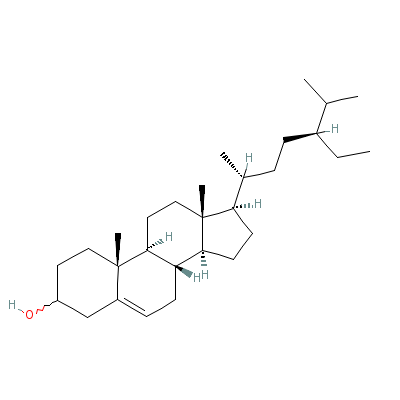
|
| Stigmasterol |
4736-55-4 |
17-(4-ethyl-1,5-dime
thyl-hex-2-enyl)-10,
13-dimethyl-1,2,4,5,
6,7,8,9,10
,11,12,1
3,14,15,16,17-hexade
cahydrocyclopenta[a]
phenanthren-3-one |
C29H48O |
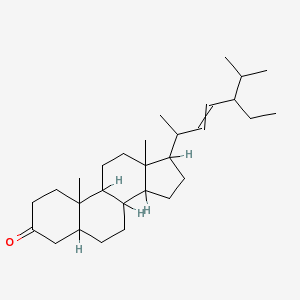
|
| Lupeol |
Not Available |
Not Available |
C30H50O |

|
| Triacontane |
638-68-6 |
triacontane |
C30H62 |
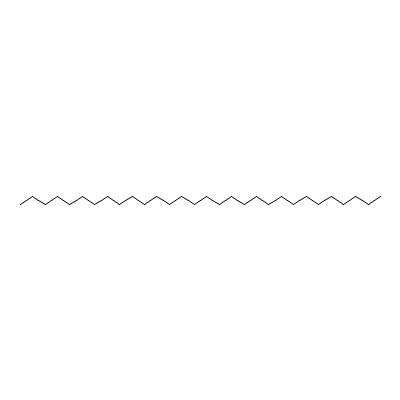
|
| Ascorbic Acid |
Not Available |
2-(1,2-dihydroxyethy
l)-4,5-dihydroxy-fur
an-3-one |
C6H8O6 |

|
| beta-Carotene |
Not Available |
3,7,12,16-tetramethy
l-1,18-bis(2,6,6-tri
methyl-1-cyclohexeny
l)-octadec
a-1,3,5,
7,9,11,13,15,17-nona
ene |
C40H56 |

|
| Niacin |
99148-57-9 |
Pyridine-3-carboxyli
c acid |
C6H5NO2 |
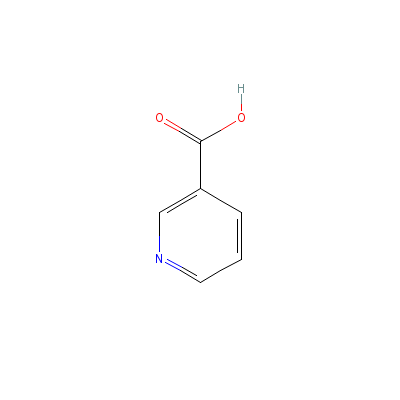
|
| Riboflavin |
Not Available |
Not Available |
C17H21N4O9P |
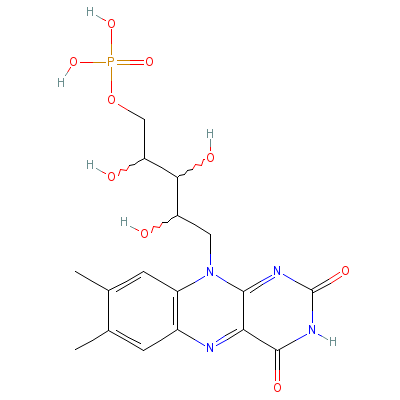
|
| Thiamin |
59-43-8 |
2-[3-[(4-amino-2-met
hyl-pyrimidin-5-yl)m
ethyl]-4-methyl-1-th
ia-3-azoni
acyclope
nta-2,4-dien-5-yl]et
hanol |
C12H17N4OS+ |

|
|
Pharmacology
| Medicinal Use |
 |
|
Asthma, dysentery and hemorrhoids (corm decoction); to treat acute rheumatism. |
| Contraindication |
 |
|
People with a tendency to rheumatism, arthritis, gout, kidney stones and hyperacidity should take especial caution if including this plant in their diet. |
| Reference |
 |
|
 Chandel et al., Biodiversity in Medicinal and Aromatic Plants in India. Chandel et al., Biodiversity in Medicinal and Aromatic Plants in India.
|
Dealers
Products
|
|